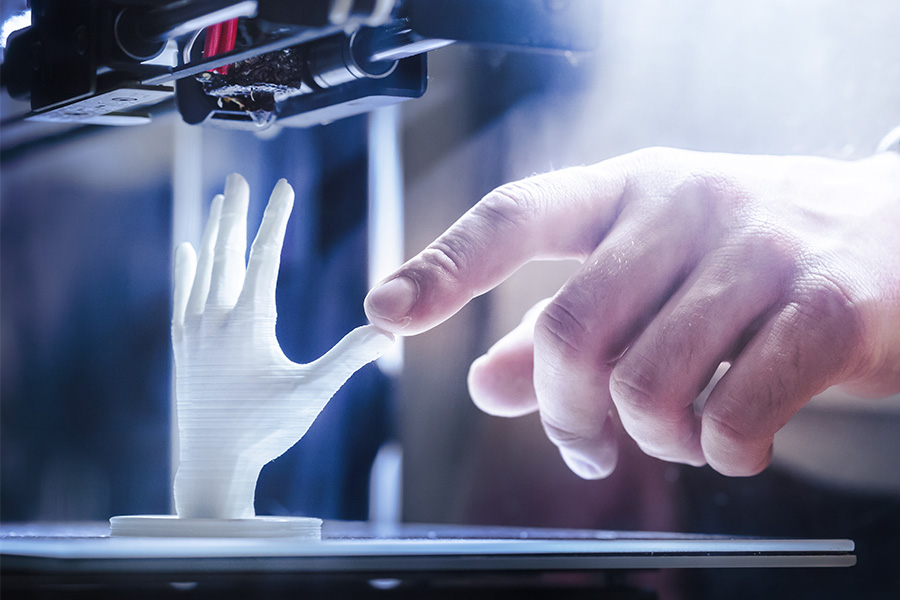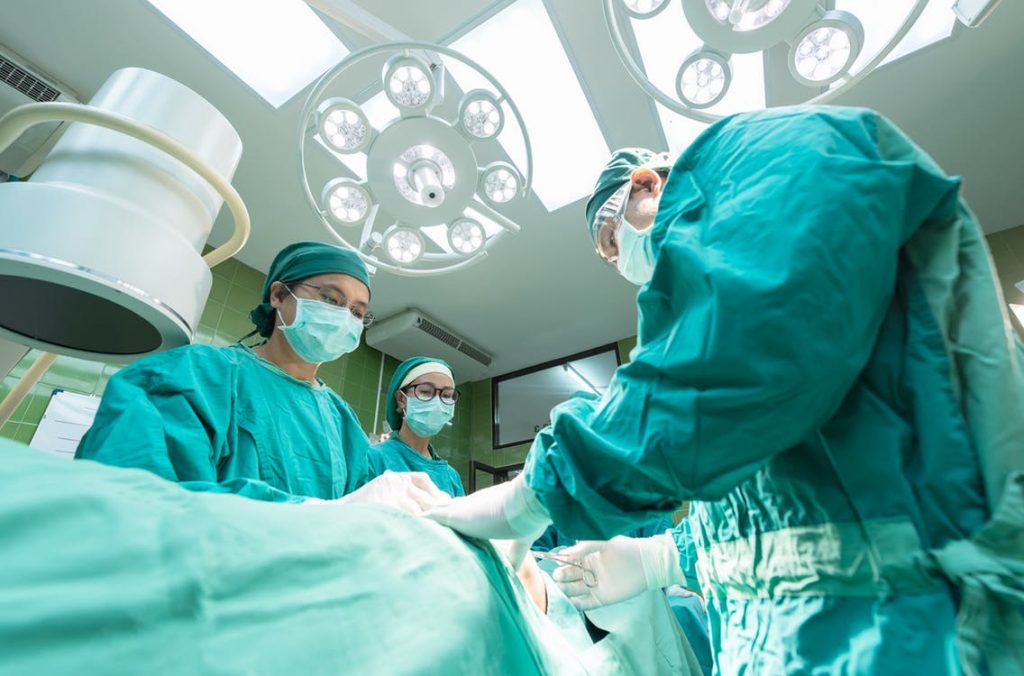When 3D printers first became available to the general public, they were quite a trivial idea. The common consensus was, “Yes that’s fairly impressive, a 3D printer I can take home for just under £1,000 that can print a mug, but where’s my 3D printed meal?”
Since then, there hasn’t been too much 3D printing news circulating the ever-growing web, but it’s been really developing in the background. 3D printing is saving lives and in the medical industry, 3D printers are being used to graft new bone structures to organs for surgeons to practice on. Here, we look at a few examples of how 3D printers are already helping medical science all over the world, and what we can predict might happen in the future.
3D Printed Spinal Replacement
Take the rare case of a 32-year-old woman in India for example. After contracting tuberculosis, this woman was unlucky enough to be one of the rare few where the disease took hold of her spine ‘in 10 different vertebrae, thanks to a lowered immune system caused by drugs she was taking for infertility,’ reports Clare Scott at The Guardian. Her situation did not improve but instead rapidly deteriorated and the damage became so bad to the first, second and third cervical vertebrae that she no longer had any support from her head to her spine.
This uneven weight distribution caused her head to tip forward leading to problems with speech and movement. The condition can have catastrophic results if left untreated because of how the curved posture obstructs the spinal cord. This can lead to paralysis of the limbs and even the respiratory nerves can be affected long term leading to heart failure.
However, thanks to brave surgeons, the outcome of this story is a good one: “Surgeons at Medanta – the Medicity in Gurgaon, India, replaced the woman’s damaged first three vertebrae with a 3D printed titanium implant during a 10-hour surgery, closing the gap between her skull and spine and allowing her to stand and walk normally again.”
This is one of the first procedures of its kind in the world and it saved this young woman’s life. The replicas of the spine that the 3D printers created were taken from the detail in CT and MRI scans and reportedly was the perfect fit.
Baby gets 3D printed Heart
Another astounding example of 3D printing quietly saving lives involved a printed heart replica and a nine-month-old baby. This 3D marvel was carried out in China; 3Dprint.com reported that the baby was suffering from a severe heart defect:
“Doctors discovered that the baby had a severe Congenital Heart Defect called a Total Pulmonary Venous Anomalous Drainage. The child was born with all four of his pulmonary veins malpositioned and he also suffered from an atrial septal defect which caused blood to flow between the upper chambers of the heart.” This led to the seemingly healthy nine-month-old being rushed to hospital with heart failure and severe pneumonia.
In such a small patient, this situation would have usually had a bleak outcome but thanks to Zhang Xueqin, the director of the pediatric cardiac surgery center at the People’s Hospital of Jilin and the baby’s surgeon, it wasn’t. Dr. Zhang saw the opportunity to replicate the baby’s problematic heart with a 3D print and pre-plan his operation.
“With the model, we were able to know precisely where and how we should cut, and how big the incision should be – and with such a thorough plan, we spent only half the time we had expected to complete the surgery,” he told 3Dprint.com. So not only does 3D technology help replace body parts, it provides a platform for surgeons to pre-plan extremely complicated and unique situations for shorter surgery times, customised procedures, and an overall more successful outcome.
Can 3D Printers Replace Organs?
The future that everyone wants to see from 3D technology is the ability to print organs so that people on transplant lists have a higher chance of survival without relying on someone else’s unfortunate fate. According to the Technology Review, Spanish scientists in Spain have published a review on the success of grafting skin from 3D printing, and skin is our biggest organ, after all:
‘We were able to generate 100m2, a standard P100 tissue culture plate, of printed skin in less, than 35 min.’
After analysis, the scientists found that their 3D-printed skin was very similar to human skin and ‘indistinguishable from bilayered dermo-epidermal equivalents’. However, this success is still to be approved, as synthetic skin is not being used for humans – yet. Despite skin being an organ, its relatively flat surface is a lot easier to 3D print than say, a heart. So, what about the more complex organs?
The Economist looked into the argument that there just aren’t enough donors and people are dying while on a waiting list for a transplant, but are 3D printers up to the challenge? The hype all started in the early 2000s. “It was discovered that living cells could be sprayed through the nozzles of inkjet printers without damaging them,” The Economist explained. “Today, using multiple print heads to squirt out different cell types, along with polymers that help keep the structure in shape, it is possible to deposit layer upon layer of cells that will bind together and grow into living, functional tissue.” Sounds a lot simpler than it really is – and the stem cells aren’t manufactured, they come from something living – but it gives us the general idea.
Due to the success so far, many research institutes and medical practices are investing in 3D technology. “The real prize of all this effort would be to be able to print entire organs. For kidneys, Roots Analysis, a medical-technology consultancy, reckons that should be possible in about six years’ time. Livers, which have a natural tendency to regenerate anyway, should also arrive reasonably soon. Hearts, with their complex internal geometries, will take longer.” Does this mean that by 2025, the only queue for a transplant will be at the printer? Only time will tell.




very inspirational write up and being part of 3D printing service industry i feel really motivated! i hope researchers are successful in being able to 3d print organs for transplantation. It could save so many lives. Wondering what more can 3D printing do for us!